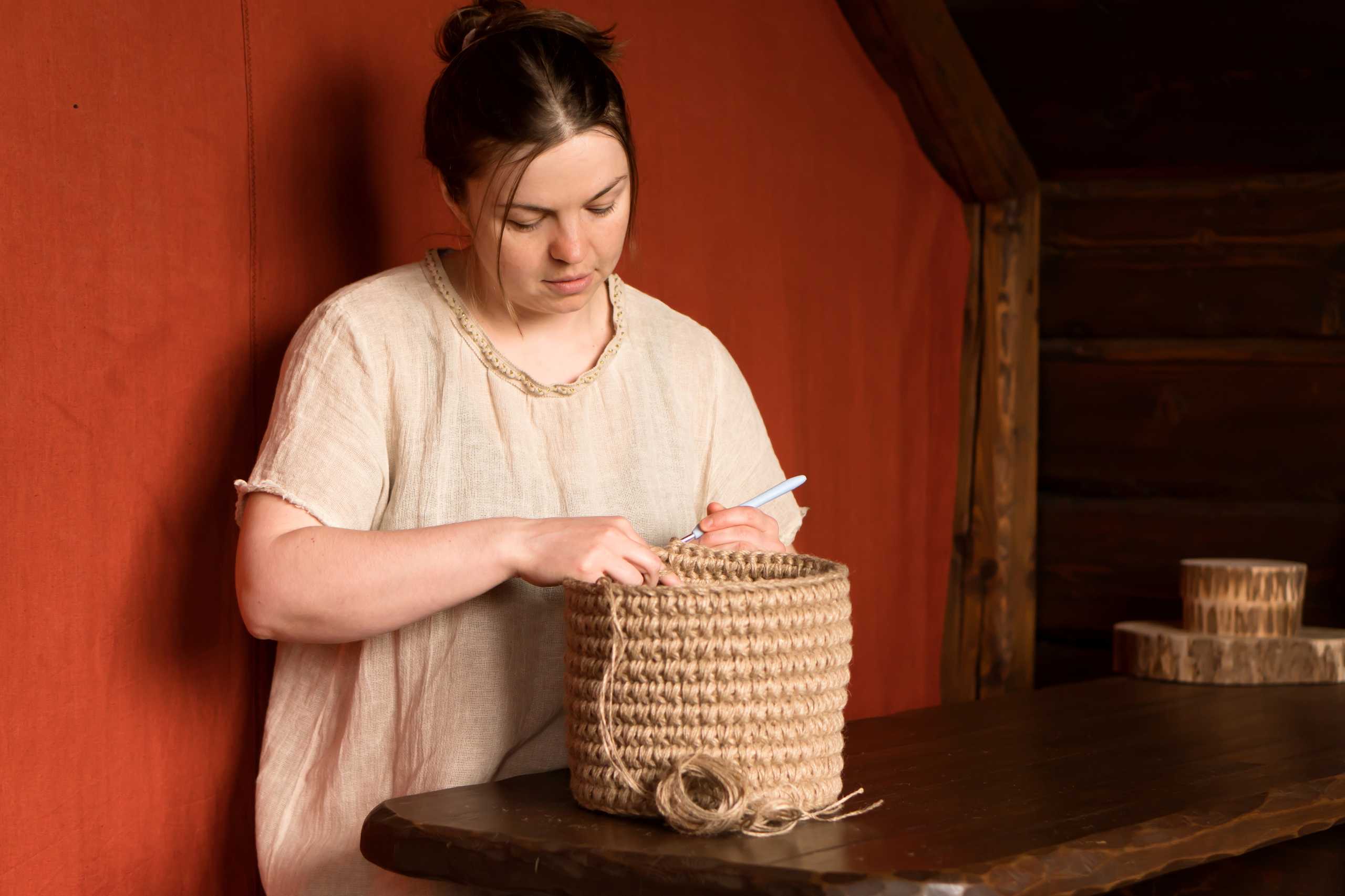Wicker Weaving as a Mindful Craft

Finding Calm Through Craftsmanship
Wicker weaving is not only an art form but also a mindful practice. Engaging with natural materials and focusing on repetitive weaving patterns can reduce stress, improve concentration, and provide a sense of accomplishment. Each creation becomes a meditative journey from raw vine to finished piece.
The Process as Meditation
- Preparing the materials requires patience and attention to detail, allowing the mind to slow down.
- The rhythmic motion of weaving strands creates a calming flow, fostering presence and focus.
- Observing patterns develop under your hands provides satisfaction and a sense of progression.
Benefits Beyond the Finished Piece
Practicing wicker weaving offers multiple benefits:
- Enhances fine motor skills and hand-eye coordination.
- Encourages creativity and problem-solving through design choices.
- Builds mindfulness, patience, and a connection with nature.
Incorporating Mindful Crafting into Daily Life
Even small projects like baskets or decorative accents can become a source of relaxation. Setting aside dedicated time to weave allows you to disconnect from digital distractions and reconnect with tactile, creative processes.
Sharing the Experience
Workshops and classes offer the opportunity to learn in a supportive environment. Connecting with other enthusiasts not only improves skills but also creates a sense of community, turning crafting into both a personal and social experience.
Conclusion
Wicker weaving is more than creating functional or decorative items—it’s a holistic practice that nurtures creativity, patience, and mindfulness. Each finished piece reflects not only artistry but also the calm and care invested in its creation.
